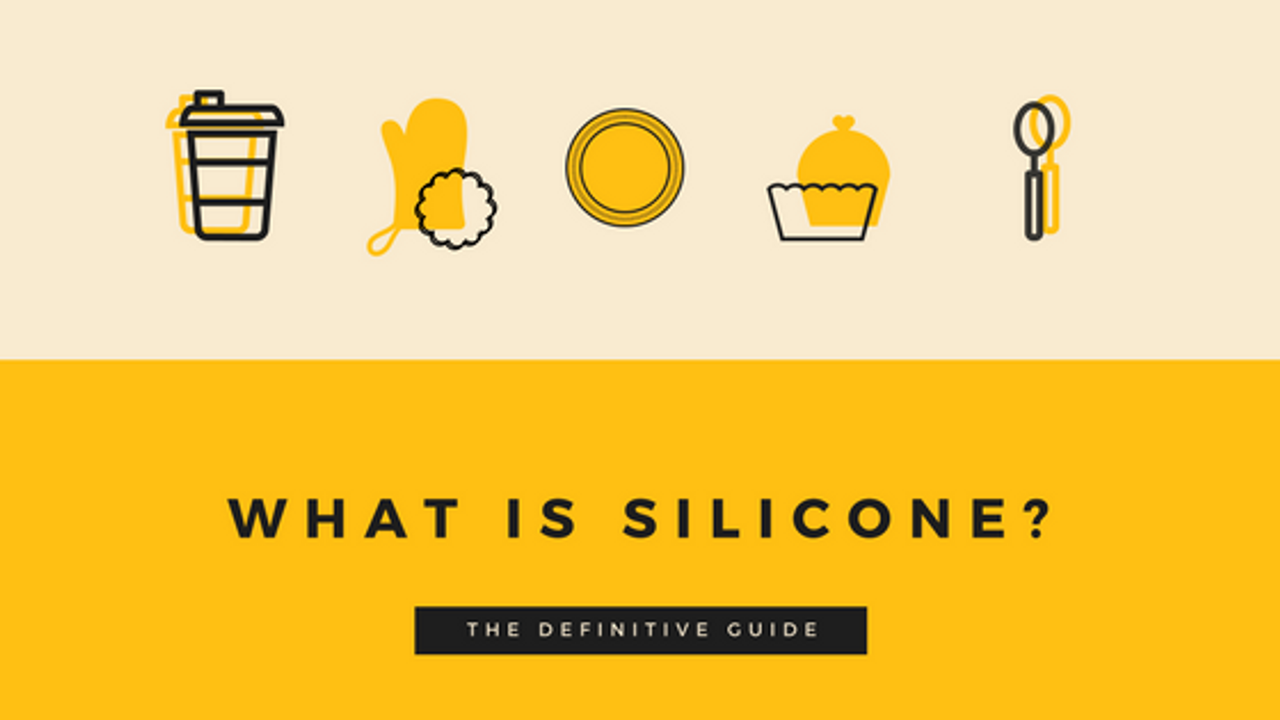Silicone is everywhere. It’s almost as pervasive as plastic in our homes but most of us have no idea what silicone is. Is silicone plastic? Is it rubber? Is silicone safe to use for food? Silicone is currently being used for a myriad of purposes, one of which is food-grade kitchen essentials like spatulas, bakeware and lunch containers as an alternative to single-use plastic. But how good of an alternative is silicone?
What is silicone?
Silicone is a hybrid of synthetic plastic polymer and synthetic rubber. Though silicone is often mistaken as being made of sand, silicone is synthetically produced using a combination of chemical additives derived from fossil fuels and silicon (silica heated at high temperatures). The result is a plastic-like substance that can be molded into various shapes for many uses.
Why choose silicone?
Studies have shown that when put under strenuous conditions, silicone does not leech toxic chemicals or fumes. Health Canada states: "There are no known health hazards associated with use of silicone cookware. Silicone rubber does not react with food or beverages or produce any hazardous fumes."
For the long term, silicone is reusable. It endures extreme fluctuations in temperatures – from very cold to oven hot – without melting, cracking or otherwise degrading. This makes silicone a material which can be put to use for generations. Whether that perpetual reuse will take place, is yet to be seen.
Silicone is recyclable, in theory. Most local recycling programs don’t take silicone, though usually it can be recycled privately. If disposed of in a landfill for incineration, the silicone (unlike plastic) is converted back into inorganic, harmless ingredients: amorphous silica, carbon dioxide and water vapor. For the environment, as long as silicone is reused longer and properly disposed of or recycled it poses much less of a threat to wildlife and eco-systems than disposable plastic.
Tips for choosing and using silicone:
- Only buy 100% food grade or surgical grade silicone. No TPR (thermoplasticized rubber) or knock-offs
- Bottle nipples and pacifiers are safe if they are 100%. Don’t put them in the dishwasher and if they get cloudy or worn out, replace them.
- Test your silicone for chemical fillers. Pinch and twist to see if any white shows through. If you see white, a filler has been used. 100% silicone does not change colour, so the product may not be entirely heat resistant, or may leach unknown chemicals or odors.
- If you have any doubts, don’t use it. There are plenty of glass, ceramic, and stainless steel options for kitchen essentials.
Whatever you choose, it’s important to only use products that are high-quality, especially if they will come in contact with food. We encourage you to do your own research and make the choice that is right for you, your family and the environment!
Sources & Links
DiGregorio, Barry E. "Biobased Performance Bioplastic: Mirel," Chemistry & Biology 2009
"Perils of Plastics: Risks to Human Health and the Environment," Arizona State University Biodesign Institute 18 March 2010
Hopewell, Jefferson; Dvorak, Robert; Kosior, Edward. "Plastics Recycling: Challenges and Opportunities," Biological Sciences 14 June 2009
Thompson, Richard C.; Moore, Charles J.; vom Saal, Frederick S.; Swan, Shanna H. "Plastics, the Environment and Human Health: Current Consensus and Future Trends," Biological Sciences 14 June 2009
Eriksen, Marcus; Lebreton, Laurent C. M.; Carson, Henry S.; Thiel, Martin; Moore, Charles J.; Borerro, Jose C.; Galgani, Francois; Ryan, Peter G.; Reisser, Julia. "Plastic Pollution in the World's Oceans," PLoS One 10 Dec. 2014
What is silicone and is it toxic?
 Canadian Dollar
Canadian Dollar
 US Dollar
US Dollar

